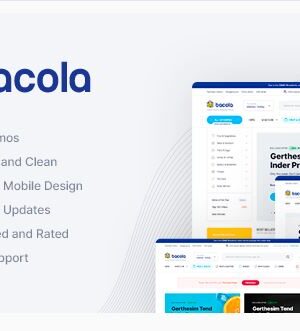Ranking your WordPress website on the first page of Google is a challenging but achievable goal. It requires a combination of SEO (Search Engine Optimization) strategies, high-quality content, and consistent effort. Here’s a step-by-step guide to help you improve your website’s search engine ranking:
1. **Keyword Research**:
– Start by identifying relevant keywords and phrases related to your website’s content. Use keyword research tools like Google Keyword Planner, Ahrefs, SEMrush, or Ubersuggest.
– Choose keywords with a good search volume and low to medium competition.
2. **On-Page SEO**:
– Optimize your content for the selected keywords. Ensure they are naturally incorporated into your:
– Page titles
– Headings (H1, H2, H3, etc.)
– URL structure
– Meta titles and descriptions
– Image alt tags
– Use schema markup to provide additional context to search engines.
3. **High-Quality Content**:
– Create informative, well-researched, and engaging content that provides value to your audience.
– Aim for longer-form content (1,500+ words) when appropriate, as it tends to perform better in search results.
– Maintain a consistent content schedule to keep your website updated.
4. **Mobile Optimization**:
– Ensure your website is mobile-responsive. Google prioritizes mobile-friendly websites in its search results.
5. **Page Speed Optimization**:
– A fast-loading website is crucial for SEO. Use tools like Google PageSpeed Insights or GTmetrix to analyze and improve your site’s speed.
– Optimize images and use a caching plugin like W3 Total Cache or WP Super Cache.
6. **Technical SEO**:
– Keep your website’s structure clean and organized. Use an SEO-friendly WordPress theme and create an XML sitemap.
– Set up a robots.txt file and ensure search engines can crawl your site without issues.
– Make use of canonical tags to avoid duplicate content issues.
– Fix broken links and maintain a proper internal linking structure.
7. **Backlink Building**:
– Earn high-quality backlinks from reputable websites in your niche. Guest posting, outreach, and creating shareable content can help attract backlinks.
– Avoid spammy link-building practices, as they can lead to penalties.
8. **User Experience (UX)**:
– Ensure a positive user experience by having a clean and intuitive website design.
– Use clear navigation menus and logical site structure.
– Make sure your website is secure with an SSL certificate (HTTPS).
9. **Social Signals**:
– Share your content on social media platforms to increase visibility and potentially attract more traffic and shares.
10. **Monitor and Analyze**:
– Regularly monitor your website’s performance using tools like Google Analytics and Google Search Console.
– Adjust your strategy based on the data, identifying which keywords are driving traffic and which pages need improvement.
11. **Local SEO (if applicable)**:
– If your website has a local focus, optimize for local SEO by creating a Google My Business profile and encouraging customer reviews.
12. **Patience and Persistence**:
– SEO takes time, and results may not be immediate. Be patient and persistent in your efforts, and continually adapt your strategy as needed.
Remember that SEO is an ongoing process, and Google’s algorithms are constantly evolving. Staying up to date with industry trends and best practices is crucial for long-term success in ranking your WordPress website on the first page of Google.







